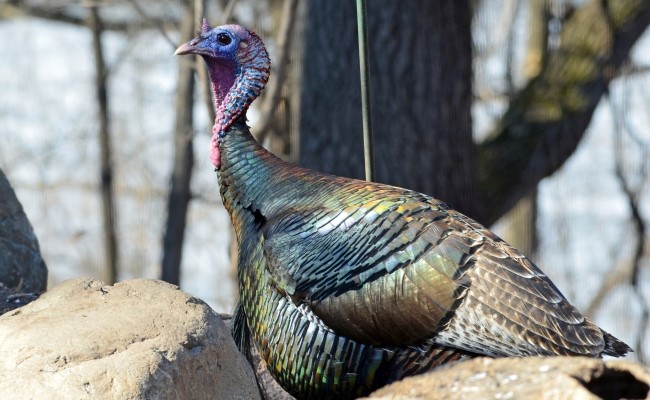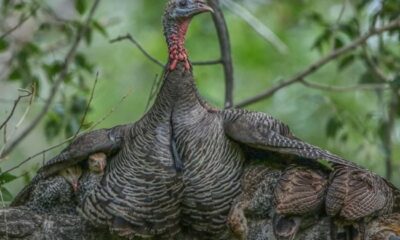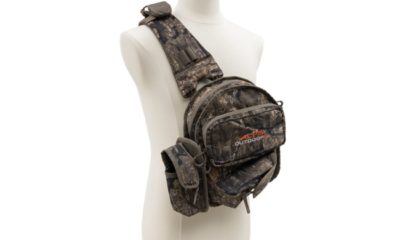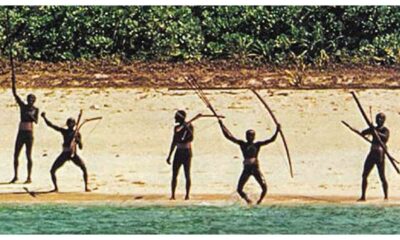Hunting
Wild-Turkey Scouting for Dummies (Or Newbies)

Well, you have to start by finding them …
I want to hunt turkeys, but I have no idea where to start …
Turkey hunting is one of the most challenging and rewarding kinds of hunting in North America. Yes, they’re birds, but they’re not “just birds.” It’s hard to believe just how intelligent turkeys are until you’re interacting with them in the wild … at which point, one becomes grateful that we’re the ones with the guns.
Another wonderful thing about turkey hunting is that, although there are “trophies,” no other hunter will judge you for the size or spurs of that bird. That’s because everyone knows that in turkey hunting, the legal tom that comes in to your call is the tom you ought to take. Waiting for one with a bigger beard is a fool’s game.
The key to successful turkey hunting is location, location, location. If you can get into a spot where the turkeys haven’t been pressured much by other hunters, those “uneducated” turkeys will be much easier to call in. Here’s how to find them.
Start your search on the state game department’s website where you plan to hunt. You can find a list of state fish and wildlife agencies here.
Look at news releases where turkeys have been released in the past, state turkey population distribution maps, and harvest data from past seasons. These sources of wild turkey information could lead you to your next gobbler or into an overlooked hunting area.
Search the land from the comfort of your home with the use of online and printed maps. Be on the lookout for access points, remote openings where turkeys may congregate, and roads that lead to possible prime turkey habitat. (We’re big fans of the OnX app to help with that.) Take notes and plan a scouting trip.
Go to the places you have selected and drive through those areas when possible. Skip the calling–or limit your turkey chatter–before the season opens, or you could help birds become wise to hunters’ calls. Instead, use owl hoots, coyote howls, and crow caws to possibly get a gobbler to sound off and reveal his location.
Take a hike and look for the many clues turkeys leave behind. These include the iconic 4-point tracks, wing drag marks, breast and wing feathers, droppings, and other clues.
Stay safe and take caution when crossing flooded rivers and streams, climbing up and down muddy hillsides or other challenging terrain, or when crossing fences and treacherous obstacles. As you should, any time you adventure outdoors, tell someone where you are going and when you will return. It pays to be safe when heading outdoors.











